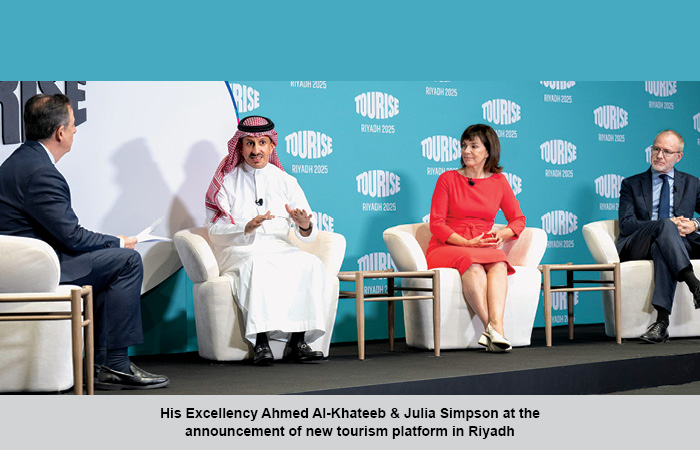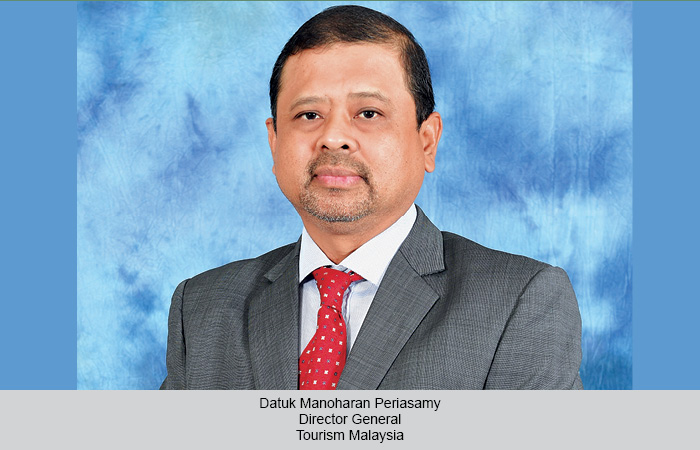As per the 2024 Women’s Travel Consumer Insight Report released by Trip.com Group recently, average annual per capita travel expenditure for women exceeded that of men by 8% in the past year. Spending power of Chinese women in the tourism industry is evident, as millions of them realise their dreams to travel, with significant growth momentum seen in lower-tier markets.
Dr. Shehara Rizly
Regardless of their age, travel is a strong desire for all women, according to the 2024 Women’s Travel Consumer Insight Report, which looked at female users who travelled for non-business reasons over the survey period—data recorded between February 20, 2023 and February 20, 2024. Middle-aged women born in the 1970s and 1980s accounted for 62.2 per cent of the female travellers and were by far, the main force when it comes to consumption, the report stated. Women born in the 1990s and 2000s accounted for 28.5 per cent of tourism spendings, indicating their emerging potential as consumers. While the older generation born in the 1950s and 1960s constituted 9.3 per cent of female travellers, the report showed they preferred premium travel experiences.
“Women wield decision-making power in travel product bookings, and they excel at meticulous planning and having a good time for their money,” said Sun Jie, CEO, Trip.com Group. Female users account for over 65 per cent of the agency’s livestreaming audience and are looking for “cheap and cheerful” deals that can save 780 million yuan (US$108 million) in travel expenses per annum. Moreover, they are more sensitive to travel trends, as per the report. Since the start of the year, daily average online visits by female users to view the agency’s rankings of tourism service operators and new travel hot spots have increased by 42 per cent. Female travellers rely on such information to prepare their travel plans, Sun said, adding that for millions of women, travel is a way to overcome fatigue and pursue things they find beautiful. “The beautiful force of female travel is blossoming,” Jie said.
“Data suggests Chinese travellers will return to the Middle East, surpassing pre-COVID visitation numbers for the first time in 2024 and in some cases surging 50 per cent higher than last year. It is also shaping up to be another year of growth for outbound travel from the Middle East to Europe and beyond as traveller counts continue to grow toward a projected 61 million trips by 2030. What do these trends have in common? They are driven by younger and digitially-savvy travellers motivated to travel by their desire to discover and enjoy unique cultural experiences,” Craig Everett, CEO, Holibob commented. Holibob’s technology OTAs and airlines use to sell tours and experiences.
“Chinese outbound travel remains restricted due to ongoing pandemic measures. While recovery is expected, the Middle East faces competition from destinations with relaxed restrictions. Chinese tourists tend to prioritise cultural immersion, trying local cuisine, and outdoor experiences overcrowded tourist spots. The significance of the Middle East as a destination for Chinese travellers is up in the air, depending on the easing of travel limits and how well the region can compete in providing the experiences that travellers seek,” Olga Borucu, Project Manager, Prime Travel, said.
Travel search comparison website, WayAway, is calling on the travel industry to place greater value on female audiences following a recent survey of 2,477 statistically relevant female travellers in the USA. The results of the survey showed that 82 per cent of travel decisions are made by women, with only 10 per cent saying that their partner has planned the whole trip. This matches other previous studies revealing the importance of females in the trip planning phase that is not reflected in how the industry creates and markets products. The results of the survey from WayAway—whose website provides discount and cashback travel options to travellers—provide more insights into the types of holidays females take, revealing half of them travelled at least once last year with children or their partner, while 29 per cent travelled alone.
While a majority report positive travel experiences, nonetheless 17 per cent reported not having enough time to themselves and, more worryingly, 13 per cent said they needed another vacation to recover and 8 per cent said they did not include any activities for themselves during their holiday.
“The current range of travel services and search and booking tools available to women do not ‘inspire inclusion’, the International Women’s Day theme for 2024, in any way. This is despite what our research shows—82 per cent of family trips is booked by a woman. There is an economic and moral case for targeting female travellers here that almost our whole industry is ignoring,” Janis Dzenis, Director, Communications, WayAway, said.
Equally it seems the concept of holiday and relaxation, in a family environment, seems to be somewhat unequal for women with 13 per cent saying they need another holiday at the end and 8 per cent not getting to include activities for themselves. “I do not think we need to survey the guys to find out they have a rather different experience. Travel service providers, tour operators and travel intermediaries should be thinking about how to create products that ensure female travellers, particuarly those travelling with children, are able to have a more equitable experience. That is not an easy task, we know, but we do not see anyone trying to fulfill what would seem, to be more than just a niche,” Dzenis added.
Jinyan Li, VP, Global Account Management, DidaTravel, “DidaTravel is a global travel wholesaler active in 100 source markets globally and distributing travel products worldwide. The GCC source markets were a focus for the company in recent years and we are experiencing fast growth across all GCC markets. Year to date, compared to plast 12 months, our outbound hotel sales from the UAE market have grown by 24 per cent, while Bahrain has grown by 103 per cent, Kuwait by 156 per cent, Oman 39 per cent, KSA by 202 per cent and Qatar by 199 per cent. The popular destinations booked from GCC markets include Thailand, UK, Indonesia, Malaysia, and Turkey. In terms of inbound growth into the GCC as the B2B leader, the Chinese market is the top market for most GCC nations. Year to date sales from China are registering 124 per cent growth on an average versus the previous year, pointing to the Chinese outbound market’s recovery, even if the market has yet to reach pre-pandemic levels.”
Female visitors are seen as new driving force in tourism, Chinese women are spreading their wings. More women are taking the driver’s seat in making travel decisions, seeking personalised experiences and leaving male travellers’ way behind when it comes to spending.
 TravTalk Middle East Online Magazine
TravTalk Middle East Online Magazine









